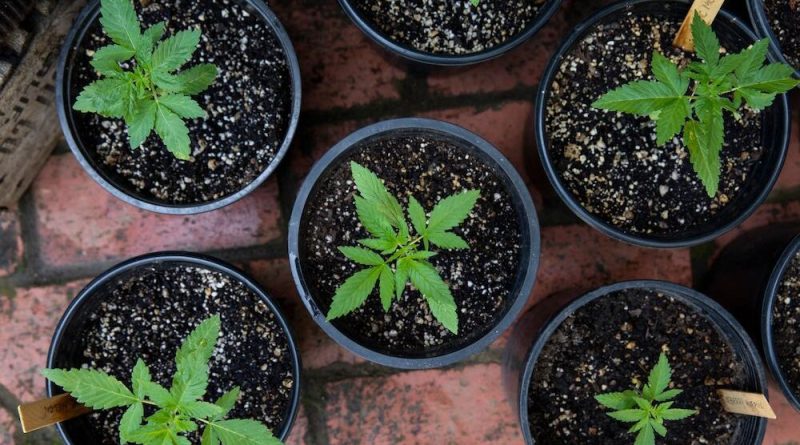Tiny Space, Huge Harvest: Maximize Cannabis Growth Anywhere
From toxifillers.com with love
More than half of the world’s population lives in dense, urban areas. Still, this fact shouldn’t be prohibitive to those interested in popping seeds and growing cannabis plants that deliver sizable harvests. Establishing a high-yield garden, whether growing cannabis indoors or in a small outdoor yard with limited space is all about selecting the optimal genetics and utilizing customized techniques.
Whether you’re a prospective grower seeking discretion or someone living in a small apartment space, cultivating potent plants from cannabis seeds that deliver incredible aromas and flavors is possible in tight quarters. This handy cannabis growing guide explains how.
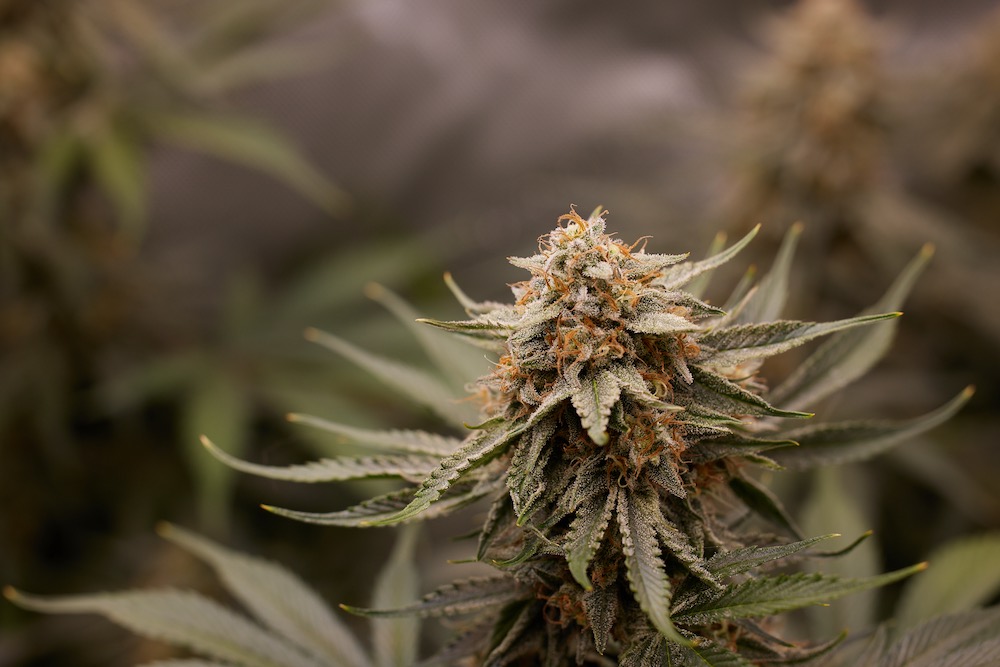
Container Size and Medium
The size of your container plays a significant role in the size and yield of cannabis plants. This holds true for those utilizing indoor closets, balconies or small yards for growing spaces. And the size of your container is even more of a factor when it comes to autoflowering cannabis, which Ben Lind, the chief science officer at Humboldt Seed Company, describes as “very sensitive little creatures.”
“Essentially, the autoflower will grow into the space it perceives it has and then just go into flower from there,” Lind says. “So if [an autoflower plant] is in a one-inch cell—you know, if it’s in a tray for too long—you’ll get a plant that’s eight inches tall. Or, if you put it in the ground or a 10-gallon pot, you’ll have a plant that’s six feet tall from the same seed stock.”
Both photoperiod and autoflowering cannabis plants need enough space for root development. Allowing one square foot per plant is a good measure to start with. By not overcrowding plants, they will receive the light and air circulation needed to produce amazing cannabis flowers.
Ideal pots for small spaces are generally between three to five gallons, and growing in soil is the easiest medium for growing cannabis both indoors and out.
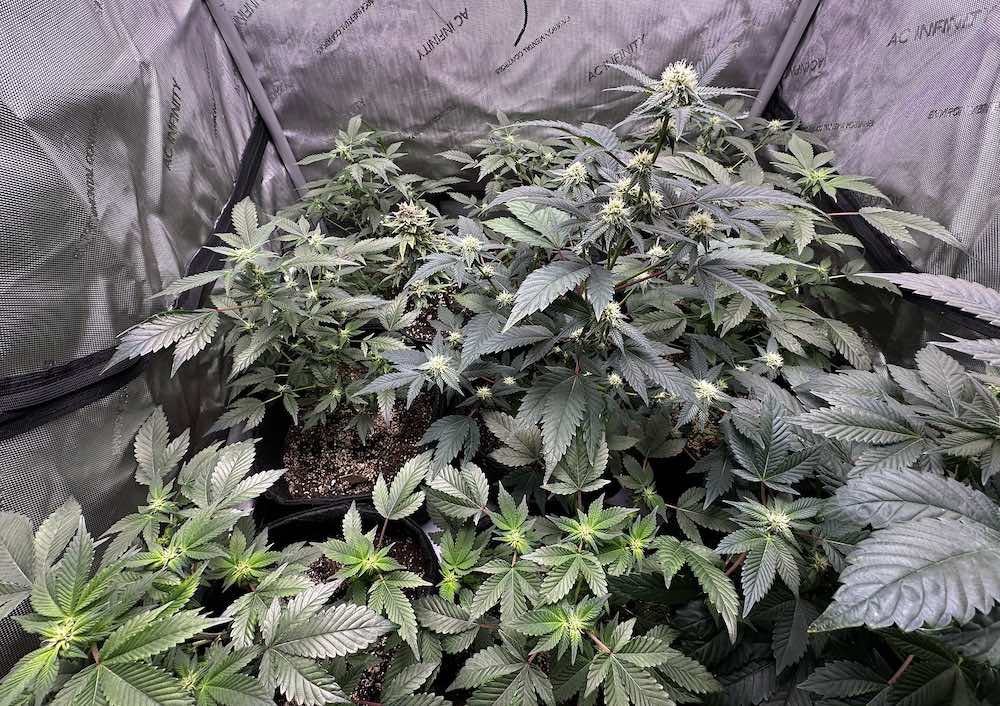
Lighting + Strain Selection
When growing weed indoors, using LEDs coupled with a small fan makes it relatively simple to control variables like temperature, airflow and humidity. Cannabis cultivation expert Ed Rosenthal says LEDs are “the most recommended light source for growing cannabis.” LED lights are highly efficient and create less heat than other types of lighting, a fact which is crucial for closet cultivation.
Choosing the right strain is also an essential part of growing the best weed in small, indoor spaces. First, select a strain that’s shown consistent results. Indoor cannabis growers looking for uplifting effects can try Limez, which delivers the sour tang of citrus on the nose and palate through densely packed buds covered in sticky THC-heavy trichomes. Alternatively, OG Kush is an excellent choice for growers who understand that the classic strains became classics for a good reason. OG Kush is known for both its reliability and potent effects. Nothing short of an icon in the weed world, with OG Kush, growers of all skill levels can achieve large, gassy buds that deliver a potent high. OG Kush is an extremely resilient strain that has stood the test of time.
Growing cannabis outdoors means using the power of the sun. Growers on small balconies can create shade structures and benefit from techniques that deprive the plants of natural light. Autoflowers are excellent options for balcony grows, as they naturally grow smaller than photoperiod plants, which means they don’t attract as much attention from nosy neighbors.
“You can put [autoflowers] in a small pot on your windowsill or on your balcony and have something that’s manageable, that’s not going to grow into a 10-foot tree, that you’re gonna have to have trouble hiding from your neighborhood,” Lind says. Because light doesn’t dictate when autoflowers begin to flower, that means they work well in cities which can have high levels of ambient light.
“A photoperiod might become affected one way or another by your neighbor’s porch light,” says Nathaniel Pennington, Humboldt Seed Company’s CEO. “An auto is just kind of going to ignore that and basically just finish up in two and a half or three months, no matter what.”
Balcony growers can look towards Banana OG, an incredibly productive strain that holds its own in the trendy gas and candy flavor profile. To get the best yield when growing smaller plants, you want to ensure the buds turn out super chunky—that’s represented in Chunkadelic, a strain with thick, robust buds.
Those who are growing cannabis on a small balcony outdoors can also consider placing the plants on wheels so they can move towards areas of light as the sun changes position in different seasons.
Water
Watering is one of the most common challenges for home growers. Using smaller pots means less soil, which can dry out quickly. Plants in tight spaces will need water more frequently. A good way to measure if your plant needs more water is by holding the pot and feeling its weight; dry soil is significantly lighter than wet soil.
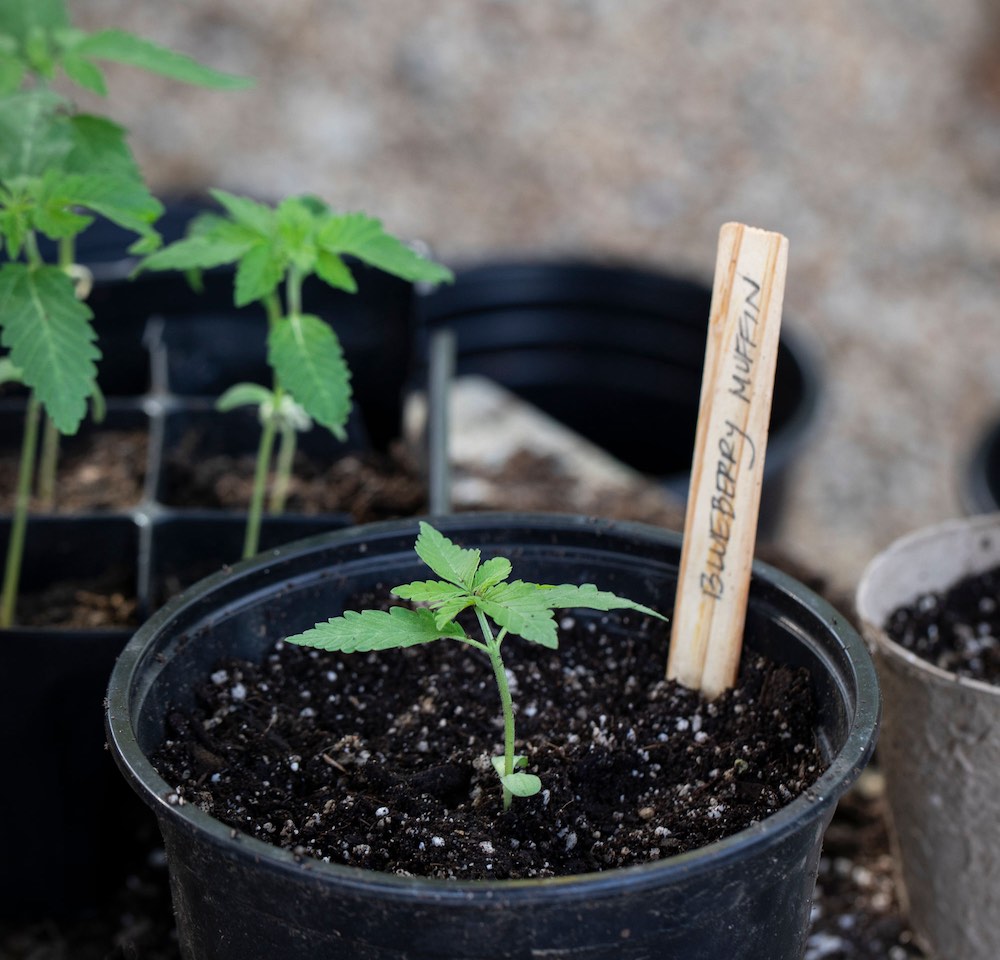
Nutrients
Within smaller grows, the main thing to watch for is not overfeeding your plants. Observe your plants carefully to assess the overall plant health. Look for signs of deficiencies such as yellowing leaves, which indicate a lack of nitrogen.
Temperature and Humidity
Tight spaces can mean temperatures can rise quickly. Watch the temperature using a thermometer to keep it within the optimal levels, between 70-85°F for plants in the vegetative stage and around 65-80°F in the flowering stage. Monitoring the humidity levels with a humidity meter will also help ensure plants in close quarters don’t develop mold; Bud rot isn’t pretty. In the vegetative state, aim for a relative humidity of 60-80% and 40-60% for flowering plants
Growing cannabis indoors within a small tent also means plants don’t have access to fresh air that’s rich in the CO₂ they need for photosynthesis. That’s why utilizing a small fan to promote air circulation is key.
Plant Training
When grow space is limited, plant training techniques help ensure you get the biggest yield possible. Low Stress Training (LST) methods include tying branches to control the direction they will grow in, ensuring each branch gets as much light as possible.
Blueberry Muffin is a strain that typically grows tall, requiring ample space, so if you want to grow it in a small yard, using LST techniques is a great way to go. Blueberry Muffin responds well to topping, aka removing the plant’s highest growth point to promote the development of more bud sites by having the plant devote its energy towards increasing its width as opposed to its height.
If your growing space is restricted, you can use additional LST techniques such as Sea of Green (SOG) or Screen of Green (SCRoG). With SOG plants, smaller plants are spaced more tightly to maximize yields. With SCRoG, plants are trained to grow horizontally along a screen to optimize light distribution.
All Gas OG is a good strain candidate for LST. It’s known as a huge producer, so if you’re growing it in a small outdoor space, LST methods will mean more buds for your buck.
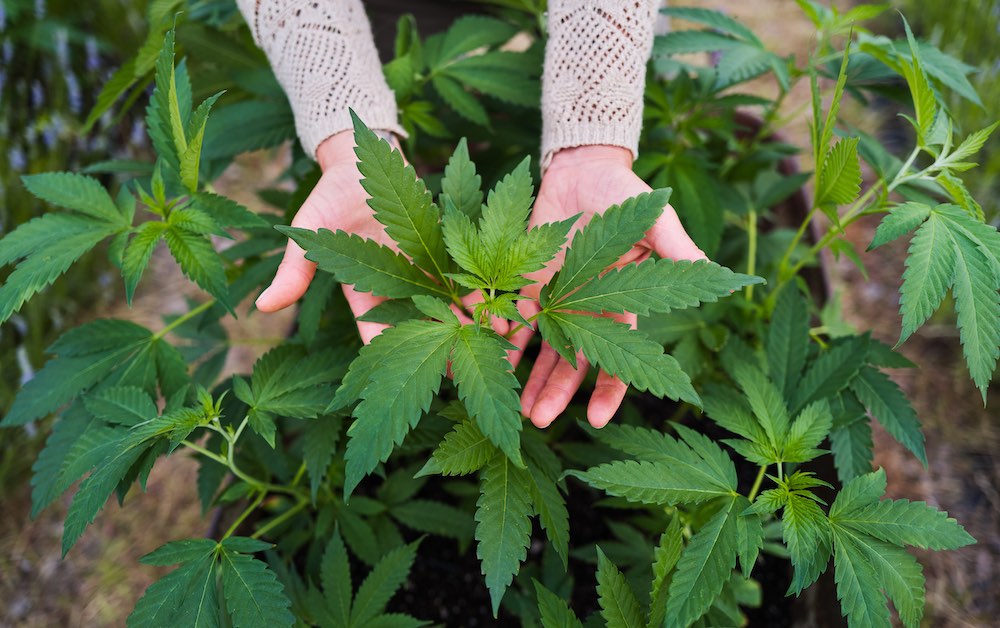
Yes, You Too Can Grow Big, Potent Buds in Small Spaces
If you’re one of the nearly 44 million Americans who live in an apartment, don’t be discouraged—you still have room to cultivate the best cannabis in the world. With these tips, growing big, potent buds is possible even in the smallest spaces.

